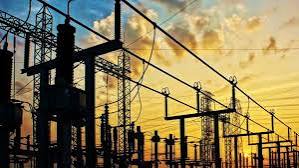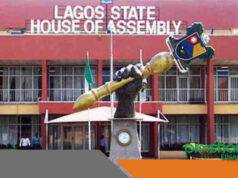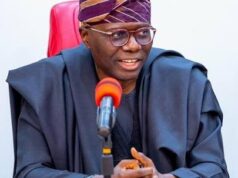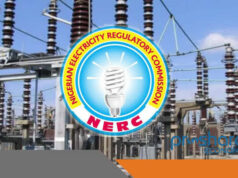
In September, Nigeria’s power facilities functioned at under 40% of their capacity. The electricity generation landscape continued to falter in September 2025, as grid-connected power stations operated at a mere 38 percent of their total installed capacity, which stands at a striking 13,625 megawatts (MW), as reported by new figures from the Nigerian Electricity Regulatory Commission (NERC).
NERC’s latest Operational Performance Factsheet disclosed that only 5,200 MW was available for distribution to the national grid throughout the month—representing a modest 6 percent enhancement from August—but still significantly trailing the nation’s generation capabilities.
The regulator pointed to persistently low Plant Availability Factors (PAF) as the cause of this dismal performance, indicating that numerous power plants were unable to function at full capacity due to ongoing maintenance woes, gas deficiencies, and transmission hurdles.
Despite these challenges, utilization among functioning plants remained comparably robust at 78 percent, implying that most of the accessible capacity was engaged. The average hourly generation hovered around 4,091 megawatt-hours per hour (MWh/h), showing a slight 0.4 percent decline compared to August.
The report further underscored the enduring instability within the grid. Grid frequency oscillated between 49.26 and 50.84 hertz (Hz), straying outside the regulatory range of 49.75Hz to 50.25Hz, while grid voltage averaged between 304.63 and 347.80 kilovolts (kV), predominantly exceeding the prescribed limits of 313.50kV to 346.50kV.
According to NERC, the grid sustained a stable frequency only 48 percent of the time in September, illuminating the precarious condition of Nigeria’s transmission network and its incapacity to uphold consistent voltage and frequency levels essential for dependable electricity delivery.
The foremost ten power stations, spearheaded by Zungeru, Egbin, Kainji, and Jebba, contributed to 81 percent of total output for the month.
Zungeru Hydro achieved a flawless 100 percent availability factor, generating 355 MWh/h at a 51 percent load factor. Egbin, recognized as Nigeria’s largest thermal plant, provided 5,464 MWh/h at a 90 percent load factor, despite operating at merely 46 percent of its installed capacity. Kainji and Jebba hydropower plants also demonstrated commendable performance, with load factors of 91 percent and 73 percent, respectively.
In stark contrast, several grid-connected plants such as Alaoji, Rivers, Ibom Power, and Omoku reported zero output during the month, underscoring ongoing inefficiencies and regional supply disparities within the national grid.
Chinenye Ajayi, the Team Lead for Power and Infrastructure Practice at Olaniwun Ajayi LP, remarked, “Given our population exceeding 220 million individuals, it is unacceptable that we are distributing less than 4,000 megawatts. It’s truly disheartening. The general guideline indicates there should be 1,000 megawatts for every 1 million people. Therefore, Nigeria should be aiming for a capacity of 220,000 megawatts, rather than the 13,000 we have installed and barely 4,000 being delivered.”
Revamping Nigeria’s power sector necessitates substantial investment. The Transmission Company of Nigeria (TCN) estimates it requires a minimum of $4.2 billion to upgrade and expand the transmission infrastructure.
However, luring investors has proven to be demanding due to policy inconsistencies, inadequate contract enforcement, and a shaky macroeconomic environment.
Ajayi emphasized that even when policies are established, Nigeria frequently falters in execution. “It’s not merely about reforms or policies. Nigeria boasts a plethora of policies. The real issue lies in implementation. If Nigeria were to enact even half of what is laid out in terms of policies and laws, we wouldn’t find ourselves in this predicament today.”
Experts assert that beyond financial capital, a strong political will is essential to enforce cost-reflective tariffs, combat energy theft, and shield the power sector from political meddling.











